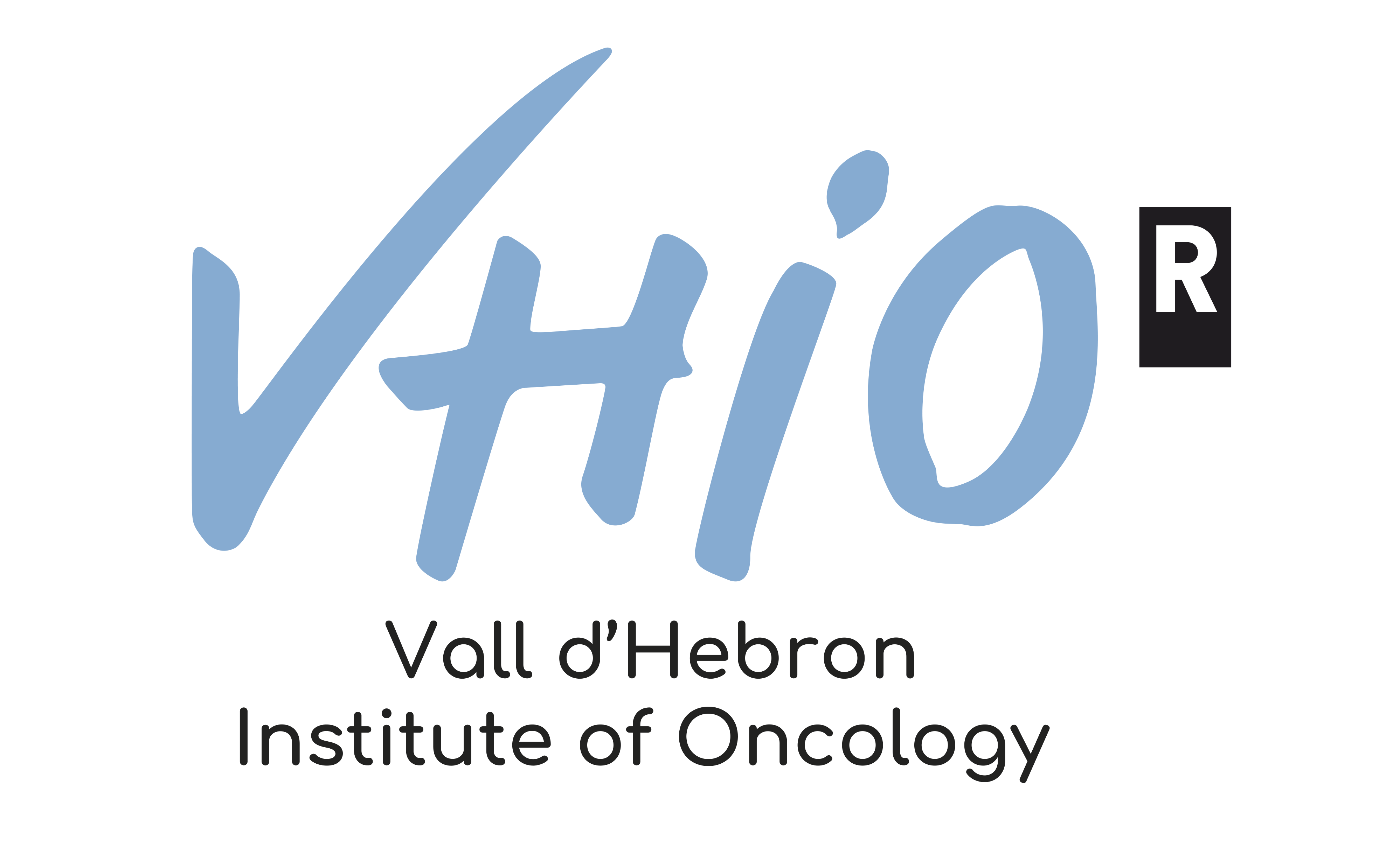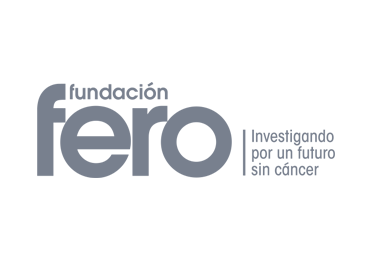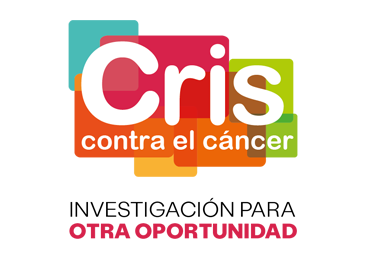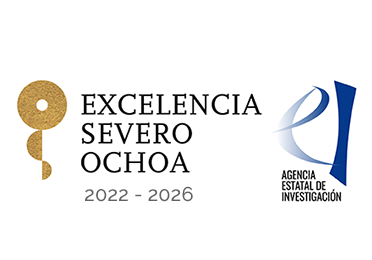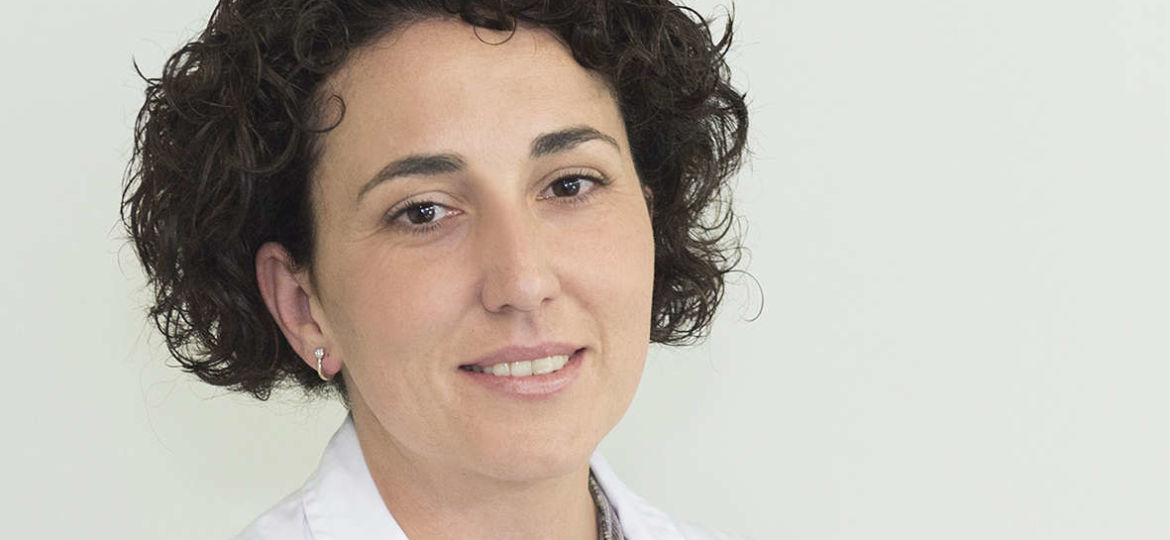

- SUMMIT study translates cancer discovery into clinical benefit by defining the biological and therapeutic significance of HER2 and HER3 mutations in cancer patients.
- This international, multi-histology trial demonstrates the potential of basket design empowered by molecular prescreening.
Results from a global, multicenter, multi-histology clinical study, SUMMIT, reported today in Nature journal, identify HER2 mutations in patients and more precisely predict those who would be most likely to respond to treatment with neratinib, a HER1/HER2 and HER4 tyrosine kinase inhibitor. Importantly, by driving insights into the therapeutic value of HER2 and HER3 mutations, SUMMIT represents a breakthrough in molecularly guided clinical trials powered by reference molecular prescreening platforms and early clinical trial units of international excellence.
Led by David M. Hyman and colleagues from the Memorial Sloan Kettering Cancer Center (NY, USA), in collaboration with researchers, clinical investigators and medical oncologists from VHIO and the Vall d’Hebron University Hospital (Vall d’Hebron Barcelona Hospital Campus, Spain), this basket trial has succeeded in raising the bar in genome-driven oncology by demonstrating how a single study can be used to advance insights into the biological dependencies in human cancers.
As a leading example of basket study design where patients receive a matched targeted therapy according to genomic profile irrespective of cancer type, findings also reveal that response to treatment with neratinib is dependent on the characteristics of both tumor type and genomic variant – a critical discovery that failed to emerge from previous research using established preclinical models.
While major progress has undeniably been made in predictive cancer science, an important obstacle impeding progress in oncology has been the limited availability of preclinical models that faithfully recapitulate the complete complexity of human cancer biology. The wide-scale profiling of cancer in the clinic opens new avenues in rapidly interrogating cancer biology at the bedside in a manner previously only considered possible at the bench.
Cristina Saura, Principal Investigator of VHIO’s Breast Cancer Group, and Jordi Rodón who is currently also carrying out research at MD Anderson Cancer Center (Texas, USA), are both Associate Investigators and Senior Consultants of VHIO’s Early Clinical Drug Development Group and Research Unit for Molecular Therapy of Cancer (UITM) “la Caixa”, and co-authors of this pioneering study carried out in collaboration with other leading institutes across the United States, Spain and Australia.
Basket trial design is based on enrolling patients who share the same mutations across several different tumor types towards developing novel and more effective therapies against these drivers of disease as identified in individual patients. In so doing, therapies more precisely hone in on and attack cancer cells, independent of histology.
Spearhead by Elena Gerralda, Principal Investigator of our Early Clinical Drug Development program and Executive Director of VHIO’s UITM – formerly directed by Jordi Rodón – our institute has successfully established itself as a leading center in the design and running of several other ongoing basket studies as well as a growing portfolio of early phase studies aimed at more finely-tuning patient selection criteria and stratification based on intrinsic biological intelligence and a more precise classification of cancers.
These novel early phase trials are made possible thanks to the identification of specific mutations in patients driven by prescreening programs of excellence. Bridging the preclinical and clinical levels of cancer discovery, VHIO’s molecular prescreening, pioneered by VHIO’s Cancer Genomics and Molecular Oncology Groups, led by Ana Vivancos and Paolo Nuciforo respectively, enables the identification of mechanisms of resistance to targeted therapies, the study of clonal populations and discovery of novel therapeutic opportunities based on these mutation profiles.
“Neratinib is a targeted therapy for patients whose breast cancer has tested positive for a protein called human epidermal growth factor receptor 2, known as HER2-positive breast cancers. We sought to establish whether neratinib could also be effective anti-cancer weaponry for patients with tumors harbouring these mutations without HER2 overexpression. Our SUMMIT basket model has not only enabled us to analyze this mutational specificity in patients across many tumor types, but has also allowed us to rapidly translate these findings into benefits for patients”, explains Cristina Saura.
SUMMIT enrolled 141 patients, 125 with HER2-mutant tumors, and 16 with HER3, who, diagnosed with one of 21 unique cancer types, received neratinib. Patients were generally heavily pre-treated with approximately half having received three prior lines of systematic therapy. Tumour tissue and plasma were collected for the detailed genomic characterization of patients. These data represent the first ever comprehensive dataset on the clinical actionability of HER2 mutations for the selection of patients to be treated with neratinib.
It is thanks to this avant-garde approach that the researchers were able to more precisely identify which patients would be most likely to respond to this therapy – guided equally by cancer type and specific mutation. They were thus able to deduce that the tumors with greatest sensitivity were breast, biliary and cervical cancers, while in other histologies patients did not respond as well.
Despite preclinical data pointing to HER3 mutations as oncogenic drivers, findings showed no response in patients with HER3-mutant tumors, thus ruling them out as predictors of response to neratinib.
Within four years from the reporting of preliminary evidence at the bench, the SUMMIT study team succeeded in successfully translating cancer science into clinical benefit for patients, an achievement that previously would only have been considered possible within a ten year timeframe. Importantly, the capacity to understand the complex interactions between tumor lineage, individual HER2 variant, and response to neratinib was also possible thanks to the relatively large size of this trial.
The challenge of variability and the predictability of current cancer models
The genomic characterisation of human cancers has helped tremendously in identifying recurrent mutations in cancer such as HER2 and HER3. Unlike other oncogenes, there is no single predominant allele in which the mutations always appear and these vary according to the tumor. Up until now, the classification of HER2+ tumours has referred to those with an amplified gene caused by overexpressed membrane receptors, with high signaling and consequent oncogenic effect.
Insights into these mutations have shown that in some cases this abundance of receptors does not actually exist. Rather, those existing are mutated, and it is the mutation as opposed to overexpression that increases oncogenic signaling in the cancer cells of these patients. Results from SUMMIT further describe the vast diversity of existing mutations and will consequently help to advance preclinical cancer modeling towards more faithfully creating the actual biology of tumors.
“One major strength of SUMMIT´s dynamic design is that it facilitated the necessary adjustments to our study with speed, agility and precision in order to ensure optimal outcomes for our patients”, observes Cristina Saura. “As we proceeded to identify mutations in patients, we checked them against existing databases to establish whether they were functional or not. In the majority of cases they were. Our findings therefore also represent an important forward step in the characterisation of these tumors.”
HER2 is overexpressed in up to 20% of all breast cancer cases. There is however a small percentage of breast cancers, between 2 – 4%, that while not overexpressing HER2, develop tumors dependent on this gene. Back in 2013, a HER2 mutation was described as functional and therefore an influencer of tumoral behavior. In these instances the altered copies of cells signal much more than normal ones and activate cancer mechanisms. This causes disease in those patients classified as HER2- to behave in a similar way to HER2+ patients.
One of the tumour types in which treatment with neratinib has achieved the best results is breast cancer. “Neratinib has already been approved for HER2-overexpressing breast cancer patients. We therefore hypothesized that this therapy might also benefit heavily pre-treated patients with HER2 mutations. Initial results are showing promise”, notes Saura, adding that treatment with neratinib has achieved an objective response in 32% of patients at 8 weeks of therapy.
“SUMMIT serves as proof of concept now that response in pre-treated patients has been observed. While we still have important ground to cover towards prolonging response, results thus far represent an encouraging first step”, she concludes.
For more information please contact Amanda Wren, Director of Communications, Vall d’Hebron Institute of Oncology (VHIO) via email: awren@vhio.net.
###
Related news: http://ecancer.org/news/13275-results-of-summit-basket-trial-evaluating-neratinib-in-her2-3-cancers.php
